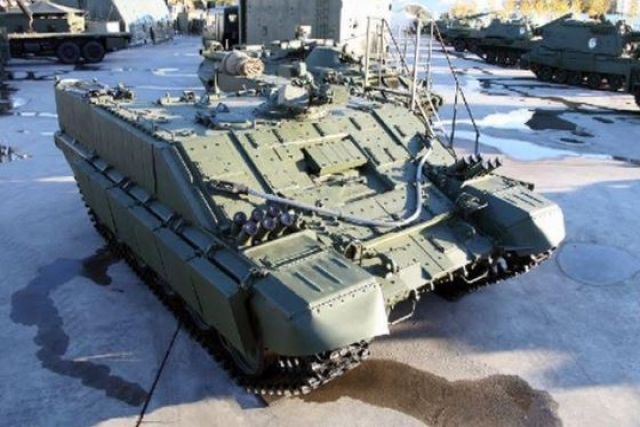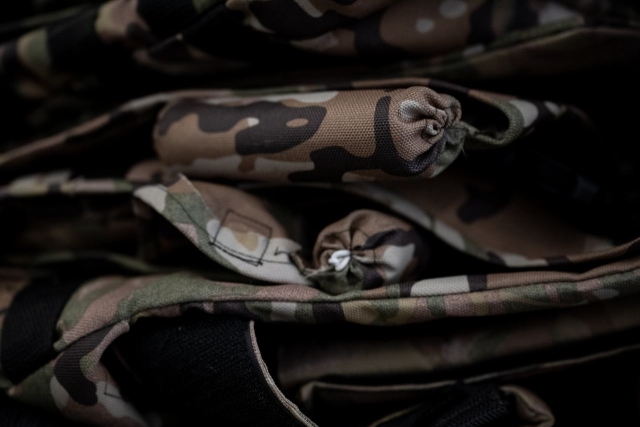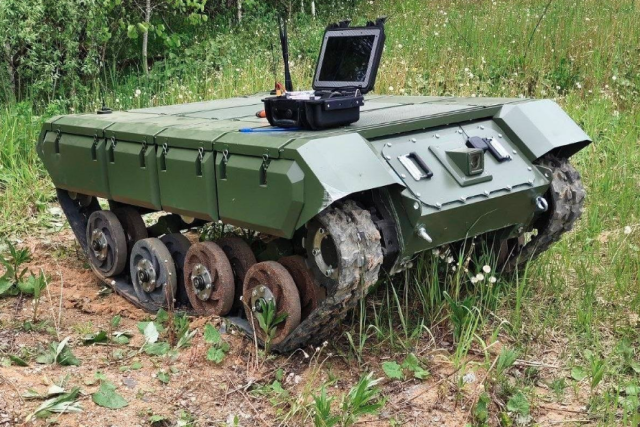Kalashnikov Develops 'Blanket' Armor
The 'blanket' made from metal alloys can be draped over a vehicle for protection against small arms and grenade blast.

The Kalashnikov Concern, a subsidiary of Rostec, has developed new "blanket" armor designed to protect against bullets and shrapnel.
This armor was recently showcased in an episode of the #NashKrash project, featuring a UAZ brand four-wheel drive minibus, commonly used in conflict zones.
During the episode, various tests were conducted on the minibus, including shooting with a pistol and detonating grenades nearby and on the vehicle. Despite the intense testing, the minibus, protected by the anti-fragmentation blanket and a combined armor panel from the Research Institute of Steel under the Kalashnikov Concern, demonstrated resilience.
Military journalist Alexey Egorov interviewed Dmitry Chumachenko, head of the structural protection schemes department at the Research Institute of Steel, to discuss the armor's design and performance. Chumachenko explained that the blanket's primary purpose is to protect personnel and equipment from shrapnel. He highlighted that while the blanket showed three through-holes after the second grenade impact, the overall protection was deemed successful as the primary function was maintained.
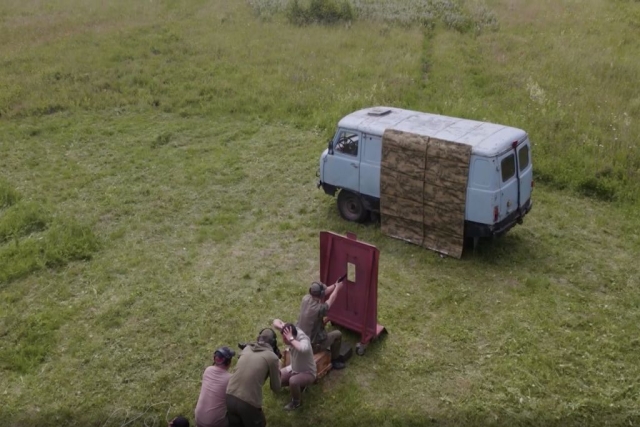
“After one high-explosive impact on the product, it loses its original properties. It should be noted that the entire area is clean. We noted only one fragment, which was pierced by the 'UAZ' itself. Even the glass is intact. Neither a wave nor anything damaged it. That is, the entire area that we protected with blankets is intact. We believe that the blanket fulfilled its functions 100%,” he explained.
Egorov also addressed a common misconception during the interview: the impact of pistol bullets versus fragmentation. Chumachenko clarified, "The speed of a pistol bullet is much lower than the speed of fragmentation. The fragments are sharp-conical, and their penetrating effect is much higher." He provided specific data, noting that at a distance of half a meter, the speed of the fragments was approximately 730 m/s, while the bullet's speed was around 400 m/s.
The anti-fragmentation blanket measures one meter wide and two meters long, weighing 11 kilograms. Chumachenko noted that protecting an entire vehicle would require about six blankets, adding approximately 66 kilograms to the vehicle's weight.
The discussion also covered the combined armor panel, which withstood five bullets from a Yarygin pistol and an F-1 grenade explosion from 60 centimeters away. Compared to traditional armored steel, which would weigh around 60 kilograms, the combined panel weighs only 28 kilograms due to the use of lightweight alloy metals and ultra-high molecular weight polyethylene (UHMP).
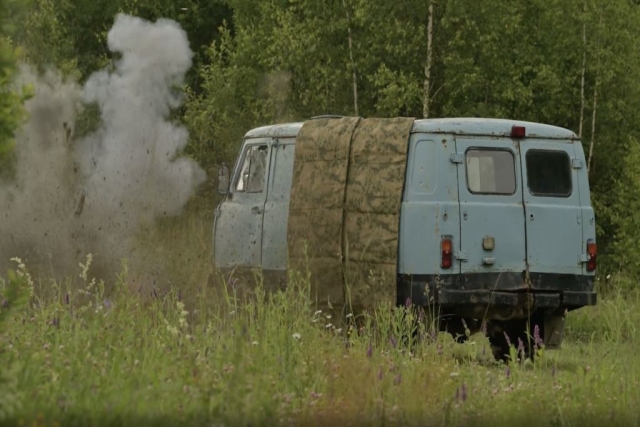
The products, both the blanket and the combined panel, are now available for purchase and have been primarily acquired by soldiers for protecting equipment, personnel, and even for covering wheels to prevent punctures from shrapnel.
Egorov further inquired about the difficulty of stopping fragments compared to bullets. Chumachenko responded, "Learning to stop fragments is much cooler and even much more difficult. Catching fragments and leaving the structure intact is much more challenging than catching a bullet, which can damage the structure." He added that an armor plate could crumble, crack, or burst under similar conditions, compromising its integrity.
When asked if they had tested the armor panel on a roof, Chumachenko said, "No, we didn't have such experience. We didn't try it on the roof. But we had experience when we armored a UAZ with a slightly different plate. We made one product and sent it as a donation to the SVO fighters."
Egorov further stated, "This is an absolute premiere. We are now filming this for the first time, and the full cycle of tests is taking place right before our eyes." Chumachenko confirmed, "That's right. Today we are testing it for the first time. It was developed relatively recently, maybe a few months ago."
When asked if any similar panels with the same weight and protection level are produced in Russia, Chumachenko concluded, "We don’t know of any similar ones."
